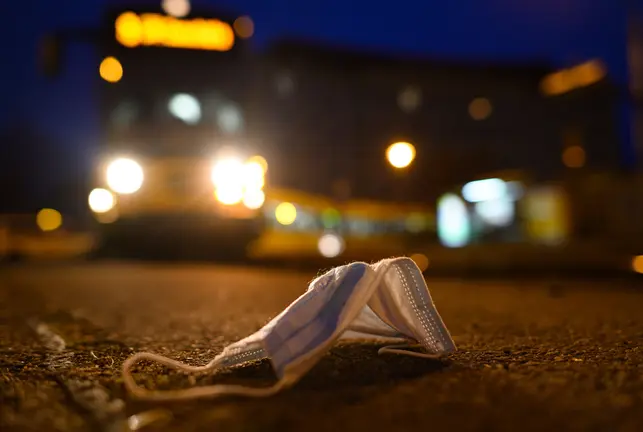Last week, the Finnish Ministry of Social Affairs and Health decided to open the state emergency stocks in order to collect all necessary material to curb the coronavirus (koronavirus, in Finnish) epidemic. The first batch of protective equipment in stock was delivered to five university hospital districts.
But there was detail not mention at that time. Protective materials from the emergency storage that had exceeded the date of use were also sent to the hospitals. According to Kaija Ojanperä from Union of Health and Social Care Professionals (TEHY) some of the protective equipment that came from the security warehouse smelled bad.
Jyrki Hakola, Director of the National Emergency Supply Agency talked to the newspaper Iltalehti and said that the Technology Research Center (VTT) has tested the effectiveness of those protectors that have exceeded their expiration date in February.
According to Hakola, this protective equipment was purchased in 2009, after the so-called swine-flu (H1N1) pandemic. Those materials had been stored for a bad day, although it was known that the expiration date had already passed.
“We tested them and they meet the filtering requirements,” Hakola stressed.
Did not bring relief
This equipment did not bring very great relief to Helsinki and Uusimaa Hospital District (HUS).
Lasse Lehtonen, Director of Diagnostics of HUS also told Iltalehti that, “So far received equipment were not satisfying our needs. We need more of them.” And he added, “I think this is a real problem. It would be desirable for more protective equipment to be available through emergency stocks.”
HUS is now buying as much protective equipment as it can get on the market. Lehtonen described this as a “roulette game.”
“Of course, we are a big and well-known buyer, we have good relationships with suppliers but demand is so strong and there is a lot of uncertainty in deliveries,” explained Lehtonen.
HUS has prioritized the use of protective equipment. That means protective equipment has been provided primarily to those working in the emergency room and to those working with infectious diseases.
Visors can be disinfected
“It would be good to be able to protect a wider range of patients. People come to the hospital because of various diseases and they may have respiratory symptoms, even if they come to show their feet,” said Lehtonen.
Lehtonen said some protective equipment, such as visors, can be reused. “They are easy to disinfect, and it doesn't make sense to throw them away. However, most of the protective equipment must be changed regularly to maintain its protective effect.”
For example, masks should be replaced several times a day, but there are not enough to do so. "After eating, for example, the mask should be changed to a new one," says Lehtonen.
Ojanperä also said health workers need more protective equipment. “We thought the situation would be easier with the opening of security warehouses, but unfortunately the same message is still coming, both from the north and the south.”
Finnish authorities are now trying to procure more protective equipment on the international market, but this has been difficult due to strong demand.
Four planes from China
According to Jyrki Hakola, protective equipment from China is coming to Finland via Finnair airplanes.
Finnish media say the first of those flights will arrive this week and deliveries will continue the next week. Hakola estimates that additional flights will be needed in the coming weeks.
Hakola states that, “Yes, the goods move from China, when the payments are done. The prices of the products are currently about ten times higher than normal. At these prices, we buy what is needed.”
The prices of the protective equipment purchased remain secret.












